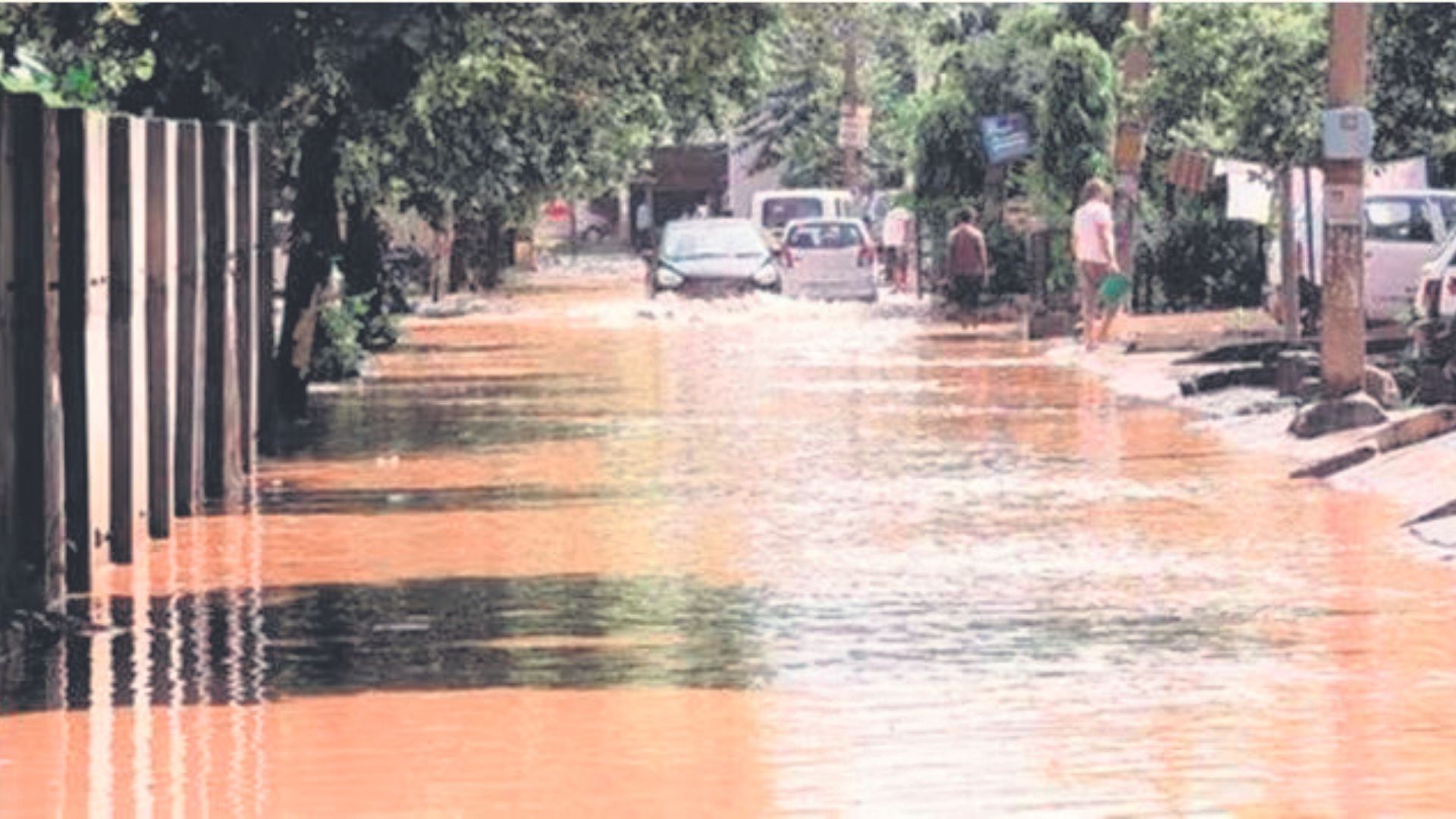
Seven districts will start taking measures such as subsurface drainage and saline water aquaculture over 1.8 lakh acres of area to reclaim land for farming and other activities.
Officials said on Sunday that Sirsa, Nuh, Bhiwani, Sonipat, Jhajjar, Rohtak and Charkhi Dadri have been directed to introduce several measures such as vertical and subsurface drainage, green manuring and saline water aquaculture.
These districts were chosen as they have areas with a lot of groundwater that doesn’t allow for any activities, including agriculture, to be carried out.
Water that is drained out will also be redirected into canals for use by other areas as a large portion of Haryana is battling groundwater scarcity.
The authority has estimated that Haryana has 20.9 trillion litres of water available in 2022-23, including surface and groundwater. But the state’s demand for the same period was 35 trillion litres, leaving a shortage of 14 trillion litres.
“If these measures work and excess water drained out from these districts is redirected to those with scarce groundwater, the state will be able to fulfil a chunk of its requirement,” said HWRA chairperson Kesni Anand Arora. “The problem of waterlogging and groundwater salinity has a significant negative impact, rendering most of the land worthless. The plan will give farmers relief and balance the groundwater situation in the state,” Arora added.The authority had in June 2023 set the aim to save 2,60,498 crore litres of water by 2023. It says it has achieved 95% of this target.
To reduce excess groundwater and salinity, farmers are recommended to diversify their crops and use methods such as drip irrigation for judicious and efficient use. The government had also announced on January 17 that it will give farmers incentives if they opt for agriculture methods such as direct seeding of rice, which increases paddy crop’s productivity and uses less water for irrigation as well.
Dr Fawzia Tarannum, national coordinator (water) for The Climate Reality Project-India and South Asia, said changing crop pattern, getting industries to use treated wastewater and installing rainwater harvesting pits should be the immediate move.
“The government’s steps are a welcoming move and they will yield results if carried out in a consistent manner. Reclaiming waterlogged areas will economically aid people in the region as they will be able to use it for farming,” he said.